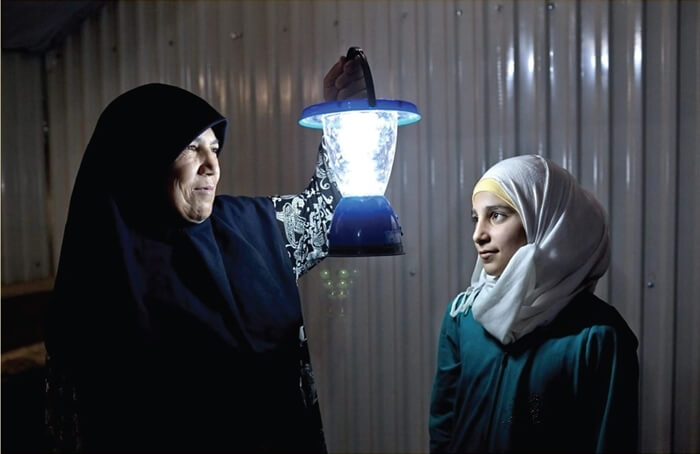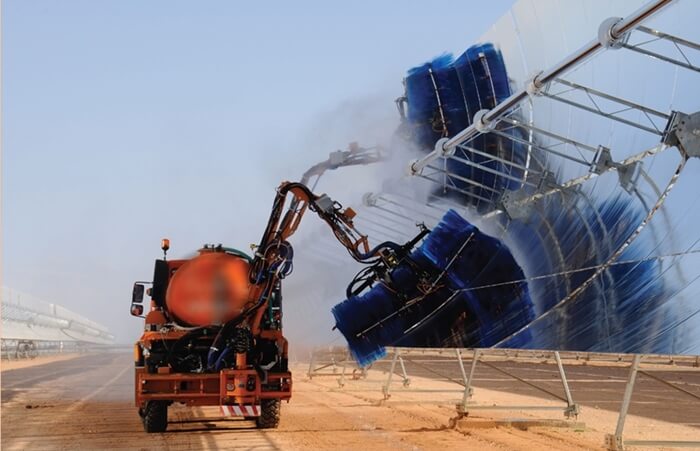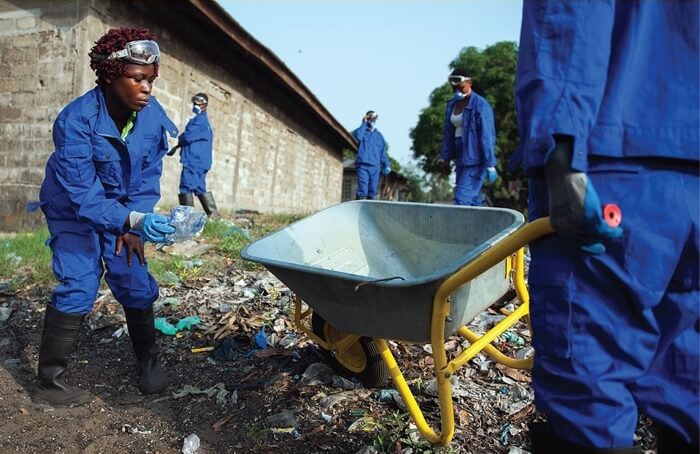Excerpt from technologyreview.com
Hunga Tonga–Hunga Ha‘apai, an underwater volcano off the coast of Tonga, has erupted several times in the last 13 years, but the most recent, on January 15, was likely its most destructive. The blast has had global consequences: more than 6,000 miles away, waves caused by the eruption drowned two people in Peru.
But the effect of the volcanic blast on Tongans living closer to ground zero isn’t yet known, though it’s feared that the ensuing tsunami may have killed many people and displaced many more from their homes. That’s because Tonga has been suddenly cut off from the internet, making it that much harder to coordinate aid or rescue missions. In a highly interconnected world, Tonga is now completely dark, and it’s almost impossible to get word out. Getting the country back online is vital—but it could take weeks.
Internet traffic plunged to near-nothing around 5:30 p.m. local time on January 15, according to data from web performance firm Cloudflare. That connection hasn’t yet been restored, says Doug Madory of Kentik, an internet observatory company, who has been monitoring the country’s web traffic.
The reason Tonga fell offline isn’t yet known for certain, but initial investigations have suggested that the undersea cable connecting its internet to the rest of the world has been destroyed by the blast.
“Tonga primarily uses a single subsea cable to connect to the internet,” says Madory. The Tonga Cable System runs 514 miles between Tonga and Fiji, bringing internet service to the two island nations. Previously, that connection has been backed up by a satellite internet connection. “I guess they’re not able to do that this time, because of some technical failure preventing them from being able to switch over,” says Madory. He believes that the wave resulting from the volcano explosion could have taken out the satellite dishes.

Island Innovation is a social enterprise and digital media company at the intersection of sustainable development and communications, offering specialised services across various sectors. We bring together the private sector, government, utilities, NGOs and universities to advance innovation for sustainability and prosperity in islands worldwide.















